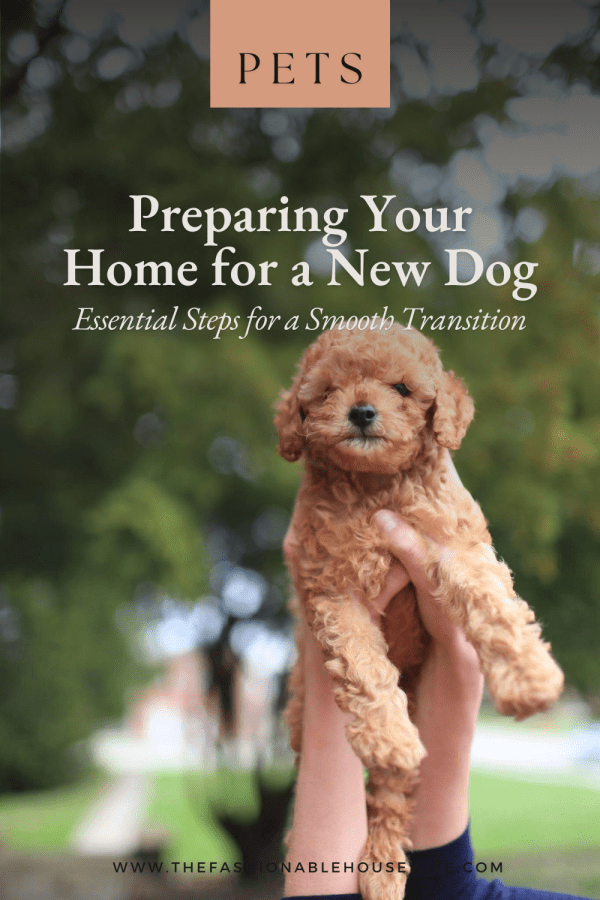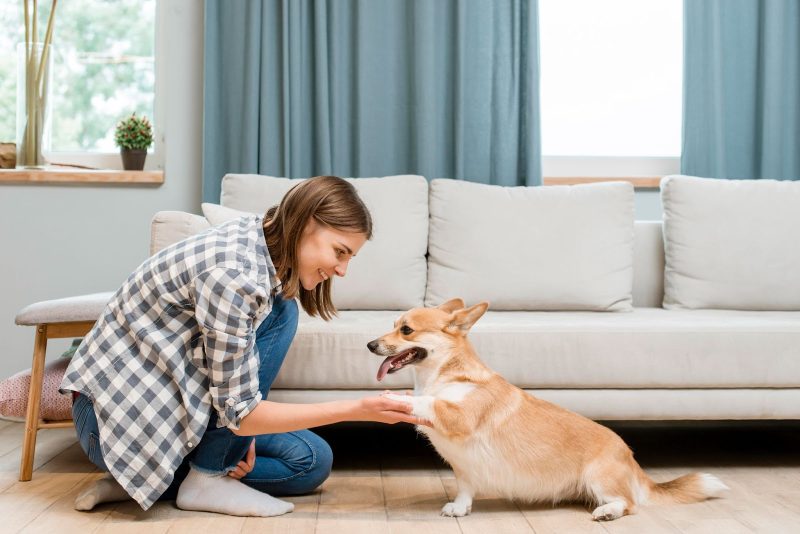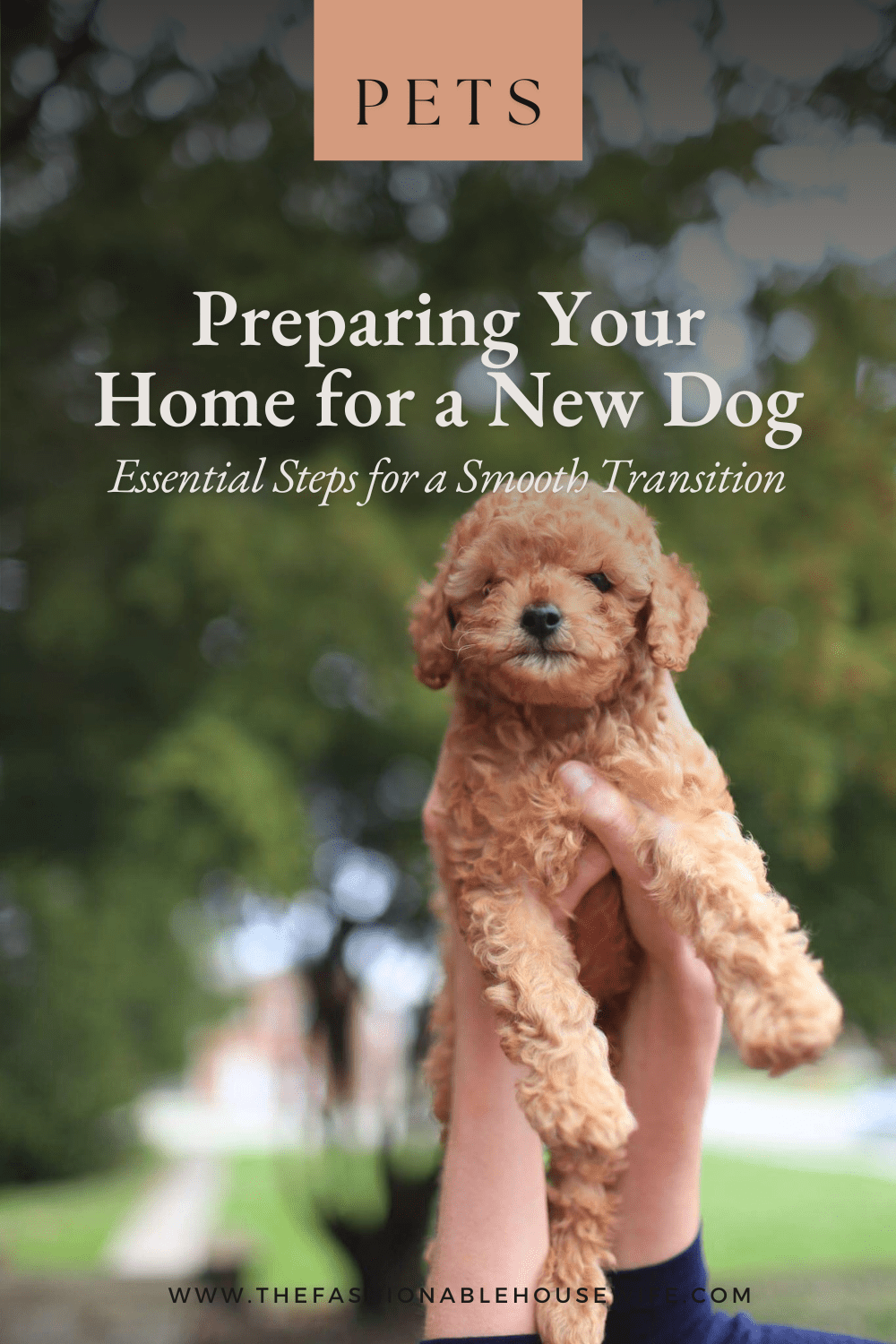Preparing Your Home for a New Dog: Essential Steps for a Smooth Transition

It is a magical moment when you decide to get a dog. It is not just taking in a pet, but opening your heart and home to a companion who will be your shadow, your comfort, and your daily dose of happiness. However, to ensure the transition is easy for both of you, a bit of preparation is worth its weight in gold. Preparing for a new dog can be simple, but know what to expect is really important before the big day.
It is not like dogs simply walk in through the front door and make themselves at home. They need time, space, structure, and a lot of love. The necessity to plan carefully becomes even stronger when the new addition to the family is a little, feisty breed such as a Teacup Morkie.
Preparing For a New Dog
The kitchen, the backyard, and all other corners of your home can influence the way your dog adjusts to this new world. Careful planning of every room will ensure there is no stress, no accidents, and will set the foundation for a happy and confident pup. The following are the most important factors to consider, along with their significance to your dog and how they facilitate a smooth transition.
Create a Safe and Dedicated Space
If you plan on bringing home a small dog breed, such as a Cavapoo, numerous questions may cross your mind. How much does a Cavapoo cost? What type of breeds are they? Can they thrive in my home? And many more.
Preparing for a new dog by providing them with a safe space is crucial. Create a cozy corner for them where they can unwind and feel at ease. Stressing them out is never a good thing, so create a dedicated space for them that receives less traffic as the first initiative.
Small moves can make a lot of difference. Make sure that your home is safe for this furball. Watch out for any loose wires, cleaning supplies, corks, etc, which might pose harm to your dog. These can help your pup have the best experience being a part of your household.
Gather the Right Supplies
Preparing for a new dog by getting all the necessities in advance of your dog’s arrival helps establish a smooth start. Non-negotiable essentials include food and water bowls, a collar with an ID tag, a sturdy leash, high-quality dog food, and waste bags. Everything has its part in your daily care and safety, and tips to keep your boxer cool in summer have their part in seasonal comfort and well-being.
Do not forget to include enrichment materials such as chew toys, interactive puzzles, and comfort items. Grooming equipment, such as brushes and nail clippers, also helps train your dog to be touched and handled. The better you are prepared, the easier the transition will be, at least during the first few crazy days.

Establish a Routine Right Away
Dogs thrive well with routines and small habits. It forms a base to their sense of security, especially when they are introduced to a new place at your home. Meal times, toilet breaks, walks, and playtimes must be the same every day. As a result, it alleviates anxiety, fosters trust, and assists in training.
The American Kennel Club states that dogs are safer and exhibit improved behavior when they have a routine schedule of feeding, bathroom breaks, and rest time each day. This is a really important part of preparing for a new dog.
A routine will also help your dog know what to expect from you, and they will find it easier to find their place in the house. For working people, a break or a dog walker can be arranged so that there are no gaps in work and care, even on a busy day.
Puppy-Proof Your Living Space
The house that you are so used to is an unfamiliar territory to an inquisitive pup. Anything that can be chewed or swallowed is a possible danger. Electric cords, remote controls, shoes, medicines, and even house plants must be tied down or placed out of reach.
Baby gates should be used to prevent access to prohibited areas or dangerous places. There should be lids on trash bins, latches on cabinets, and anything small should be picked up off the floor. One can imagine it as baby-proofing your home, but there is the additional factor of paws and a fine sense of smell.
Make a Vet Appointment in Advance
Your dog starts receiving healthcare as soon as they walk through your door. An early trip to the vet ensures they are healthy, vaccinated, and ready to socialize. It is also a good time to ask questions, particularly when you are a first-time dog owner.
The Centers for Disease Control and Prevention (CDC) recommends that new pet owners should schedule veterinary services as soon as possible to help prevent the transmission of diseases, establish a vaccination schedule, and promote the overall health of both pets and the people living in the household.
The vet can give dietary advice, advice on flea/tick prevention, heartworm medication, and microchipping. Although your dog may seem healthy, a check-up will provide reassurance and a credible source of information in case of future problems. Rescheduling this appointment as a priority demonstrates you care about your dog throughout its life.
Start the Basic Training and Socialization
Training is not only about obedience; it is about communication. Training’s simple commands such as sit, stay, and come not only make your pet well-behaved, but also help to enhance your bond. The sooner the training starts, the fewer unwanted habits will be corrected, so is critical when preparing for a new dog.
Socialization is also very important. Positive exposure to diverse individuals, sounds, and environments can help prevent the development of fear-based behaviors in the future. A little exposure to the neighbourhood, peaceful encounters with other pets, and brief car travel will all contribute to a well-rounded, self-assured dog.
Train All Household Members
All the family members must be on the same page. When an individual jumps on the couch and the other one corrects them, the dog becomes confused. This is the secret of creating good behavior and mutual respect.
Children should learn to respect limits, such as when a dog needs space or how to treat it with care. Telling your children what to expect and what these rules are beforehand is an important part of preparing for a new dog. Adults are expected to reach a consensus concerning house rules, mealtime, and training methodologies. Harmony at home establishes a peaceful, obvious order that your dog can depend on every day.
Take Your Dog to the New Surroundings Slowly
Just envision yourself arriving in a foreign land with new sights, smells, and a new routine. It is how a dog feels when they come to a new home. Expose your pup to a single room at a time, starting with their secure space.
The dog is allowed to adapt through short, supervised exploratory sessions. Trust is reinforced by providing rewards and rewards when being calmly inquisitive. With time, as they get familiar, increase your access and provide them with opportunities to explore.
Get Emotionally Ready
Physical preparation is very important, but emotional preparation is equally important. Dogs are smart, and they can detect your mood. Patience and peaceful energy make them feel safe in their transition.
Realize that accidents will occur, schedules may be disrupted, and your patience will be put to the test. However, through compassion and dedication, the initial stumbles will soon be a thing of the past. Spending time to connect, reassuring, and not setting unrealistic expectations goes a long way in establishing a strong, lasting bond.
Conclusion
Preparing for a new dog is not just another item on the list, but a significant change to your routine. Making strategic adjustments and active choices will help you make your dog feel not only welcome but also prosperous. It does not matter how many dogs you already have; every pup has its personality, needs, and peculiarities.
You don’t need to be perfect, but you do need to be consistent, loving, and ready to learn along the way. Creating a base of trust and care begins much before the first tail wag. And when you see your pet in a nice warm bed, all cozy in his new home, you will realize it was worth all the pain.

